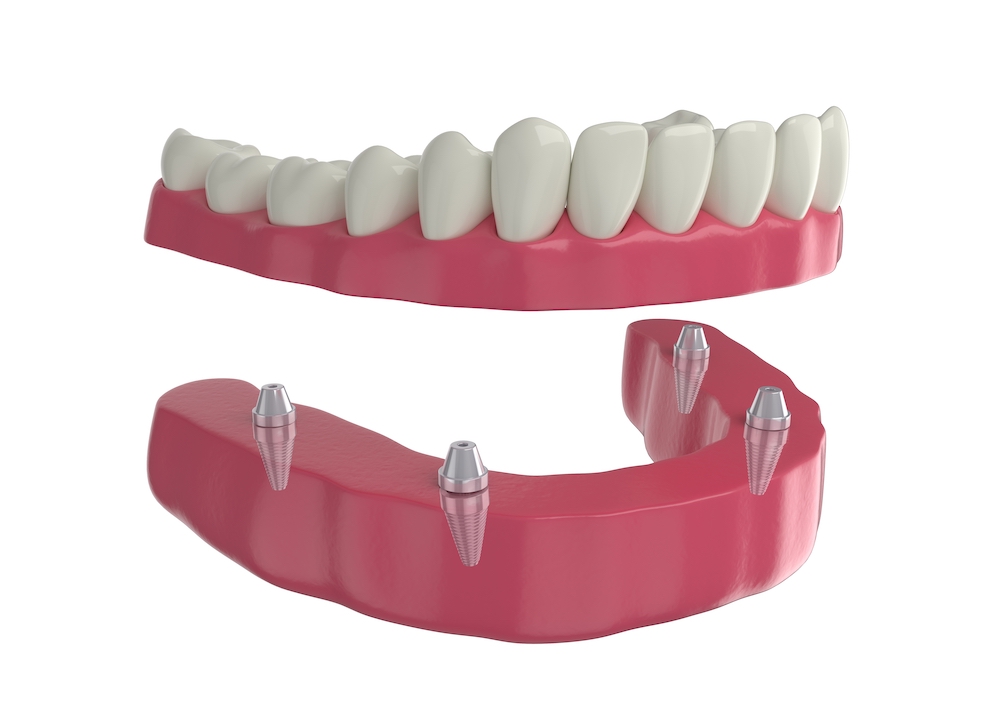
Dental implants have become the gold standard for tooth replacement. This is due to their exceptional quality and durability. These implants are designed to mimic the natural tooth roots and are typically made of titanium.
Topped with a crown that closely resembles a natural tooth, they offer both aesthetic appeal and functionality. Dental implants provide the same stability and strength as natural teeth by integrating with the jawbone.
Who doesn’t Qualify for Dental Implants?
Dental implants are unsuitable for children due to their ongoing facial bone development. Additionally, individuals who smoke or take immunosuppressive medication are not qualified. Those undergoing radiation therapy on their head or neck cannot get implants. Also, those with severe diabetes or who exhibit teeth-grinding habits are unsuitable candidates.
Consultation
The first step in getting dental implants is a consultation with your dentist, usually including an examination. The dentist will review your medical history and develop a treatment plan based on the consultation results. Some critical determinants of the treatment plan are bone loss, how many missing teeth need to be replaced, and the type of implants.
What is Bone Loss?
Bone loss is a consequence of long-term tooth loss, primarily due to the inactivity of the bone in the absence of a tooth. The connection between your teeth and the jawbone provides constant stimulation, but the bone no longer receives this stimulation when a tooth is missing. This leads to its reabsorption.
Bone loss poses a challenge as it may result in insufficient bone mass to support the implant. In that eventuality, bone grafting presents a viable solution.
Types of Dental Implants
Single-tooth Implant
This implant is designed to replace a single missing tooth. This prevents teeth from shifting and creating further gaps. It typically consists of a single screw and dental crown.
Implant-supported Bridge
Ideal for multiple missing teeth, this implant employs a titanium root as support, eliminating the need to rely on natural teeth. It enhances function and prevents adjacent teeth from shifting.
All-on-4 Dental Implants
A recent advancement in implantology, this type is suitable for many missing teeth or an entire arch of missing teeth. With only four titanium posts per arch, all the teeth can be securely supported.
The Procedure
Tooth Removal
The first step in placing dental implants is removing the damaged teeth to make space for the other procedures. If you require a bone graft to restore lost bone mass, the procedure will take several months. After tooth removal, the dentist will place the bone graft and wait a few months as the bone integrates.
Placing the Implants
Once there is sufficient bone, the dentist will cut through your gum and drill holes into the bone. Then they will insert the implant you agreed on and leave it for several months as it integrates with the bone. This is essential to provide a firm base for the whole tooth.
The Abutment
The next step is placing the abutment on top of the implant, which will allow the dentist to place the artificial crown. Then you will wait about two weeks while your gums heal around the abutment.
The Crown
Finally, the dentist will attach the crown to the jutting abutment, and you can choose between a permanent crown and a removable one.
For more on the process of getting dental implants, contact Wanlass Dental at our office in Las Vegas, Nevada. Call (702) 367-4412 to book an appointment today.









